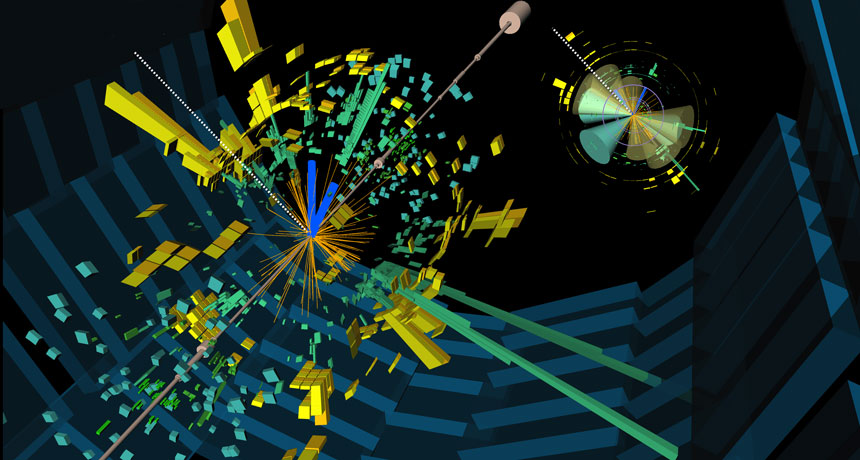The advent of streaming services has revolutionised the way we consume television. Once dominated by scheduled programming and cable subscriptions, the television landscape has dramatically shifted towards on-demand viewing through platforms like Netflix, Sky and BBC iPlayer.
These streaming services have not only changed how we watch TV but also redefined what it means to be a television viewer. As more people turn to these platforms for their entertainment needs, the impact on traditional television has become increasingly evident.
In this blog, we will explore how streaming services are reshaping the television industry, altering viewing habits and influencing the future of TV.
The Rise of Streaming Services
The shift from traditional cable TV to streaming services marks a significant transformation in the entertainment industry. Historically, viewers were restricted to scheduled programming and cable packages. The introduction of streaming platforms like Netflix, Sky and BBC iPlayer has revolutionised content consumption by offering on-demand viewing.
Netflix, initially a DVD rental service, pioneered this change with its on-demand streaming model. Sky expanded its offerings with Sky Go and NOW, blending live and on-demand streaming. BBC iPlayer made British programming easily accessible through live and catch-up TV.
With Netflix boasting over 200 million subscribers globally, the exponential growth of these platforms highlights the preference for the flexibility and convenience they offer, fundamentally reshaping the traditional television landscape.
Changes in Viewing Habits
The rise of streaming services has significantly altered viewing habits, shifting from scheduled programming to on-demand viewing. This change allows viewers to watch content at their convenience, eliminating the need to adhere to a broadcast schedule. The culture of binge-watching has emerged, where entire seasons of shows are consumed in single sittings, enhancing viewer engagement and satisfaction.
Streaming platforms also offer increased control and personalisation, allowing users to curate their viewing experiences. Personalised recommendations based on viewing history and preferences help viewers discover new content tailored to their tastes. This level of customisation was unattainable with traditional television.
Additionally, the convenience of accessing content on multiple devices, from smartphones to smart TVs, has made streaming an integral part of daily life. These changes have not only enhanced the viewer experience but also set new expectations for how content should be delivered and consumed in the digital age.
Impact on Traditional Television Networks
The rise of streaming services has led to a decline in traditional TV viewership and advertising revenue. Networks are seeing a significant drop in live TV audiences as more viewers opt for on-demand content. This shift is challenging traditional business models reliant on scheduled programming and ad revenues.
In response, many traditional networks are adapting by launching their own streaming services. For example, NBC introduced Peacock and CBS launched CBS All Access (now Paramount+). These platforms aim to recapture audiences who prefer the flexibility of streaming.
Additionally, there is a growing trend of collaboration and competition between traditional networks and streaming platforms. Some networks license their content to streaming services, while others produce exclusive content for their platforms to attract subscribers. This dynamic environment is driving innovation and transforming how traditional networks operate, ensuring they remain relevant in an increasingly digital world.
Content Creation and Distribution
The shift to streaming has transformed content creation and distribution. Streaming services like Netflix, Sky and BBC iPlayer are investing heavily in original programming, producing high-quality series and films that attract global audiences. This focus on original content has led to critically acclaimed shows such as Netflix’s “Stranger Things” and Sky’s “Chernobyl.”
Distribution has also changed, with streaming platforms offering instant global reach. Unlike traditional TV, which is often limited by regional broadcasting rights, streaming services can release content worldwide simultaneously. This approach broadens the audience and creates a more unified viewing experience across different regions.
Advantages of Streaming Services
Streaming services offer numerous advantages over traditional television. They provide flexibility, allowing viewers to watch content anytime and anywhere. This convenience is enhanced by the ability to access a vast library of shows, movies and documentaries on multiple devices.
Personalised recommendations based on viewing history help users discover new content tailored to their preferences, improving the overall user experience. Additionally, streaming platforms often feature ad-free viewing options, enhancing viewer satisfaction. These advantages make streaming services highly appealing, catering to modern viewers’ demands for convenience, variety and a personalised entertainment experience.
Future of Television
The future of television will likely see a convergence of streaming and traditional TV models. Hybrid services offering both live and on-demand content will become more common. Advances in technology will enhance user experiences, while ongoing competition will drive innovation, ensuring a diverse and high-quality range of content for viewers.
Streaming services like Netflix, Sky and BBC iPlayer have drastically reshaped the television landscape. They offer flexibility, personalised content and high-quality productions, challenging traditional TV models. As streaming continues to evolve, viewers can look forward to an ever-improving, dynamic entertainment experience that caters to their preferences and lifestyle.




